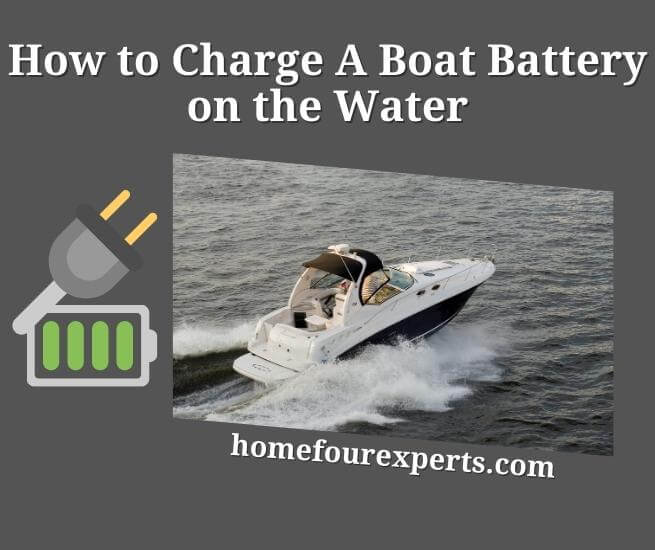The advancement in battery and charger technology is so much so that there are batteries specifically designed for the boat and those specifically designed for the cars. The batteries designed for the boats are different with each battery having a different purpose.
Having the right battery on your boat enables you concentrate on the fun with little to worry about. It is thus important to make the right choice and get batteries for maximum fun. Who would want their batteries to run out of charge in the middle of the lake? Definitely nobody, but its chances of occurrence is high and hence the need to know what a charge your boat battery on water.

Marine batteries, regardless of the type, differently respond to charging. The right charger is also key to having the batteries charge right and fast when out of charge. Current batteries are designed to rely on computer chips for charging, a job done in three different stages – That is: the bulk, absorption and float (all of which are determined when the battery percentage hits certain levels). Charging the deep cycle battery involves cycling the battery lightly so as to help in completion of the form followed by a cooling process.
The AGM batteries can be charged using conventional chargers that are designed to curb overcharging hence comfortably charging when you on the lake. The disadvantage of the AGM on the lake is that is charges faster should the right measures be put in place.
How Long to Charge a Marine Battery
To charge a marine battery, a low ampere charge, the lowest that can support the battery is recommended to allow it charge for a longer time. Most of the automotive batteries can be charged by a 10-20 ampere charger to fully charge a discharged battery. For the 10 ampere charger, at temperatures of about 80 degrees Fahrenheit, the duration of charging is about 5-10 hours. Some chargers are designed to automatically control the duration and amount of charge depending on the battery status.
How to Keep Boat Battery Charged
Keeping the boat battery charged takes a long time with the float voltage being the first means to keep it charged once fully charged. The temperature compensation also plays role in maintaining the charge since temperature fluctuations can causing charging and discharging. The compensation steps in to counter temperature effects that would have otherwise caused discharging. The AGM boat battery can also be kept in charge with the help of a good quality standard engine alternator or a standard battery charger.
The life cycle remains perfect should it not be discharged below 60%. The Gel batteries have to first of all be correctly charged, with the charger being adjustable or designed for gel cell batteries.
About This Writer

Hi, I am responsible for the 'Homeowners Power Solutions' category. My name is Liam Jaxon and a licensed technician with 7 years of experience in vehicle batteries, electrical gadgets, and home appliances. My working experience in different residential & light commercial electrical sectors and the automobile industry helped to acquire vast knowledge in this industry.